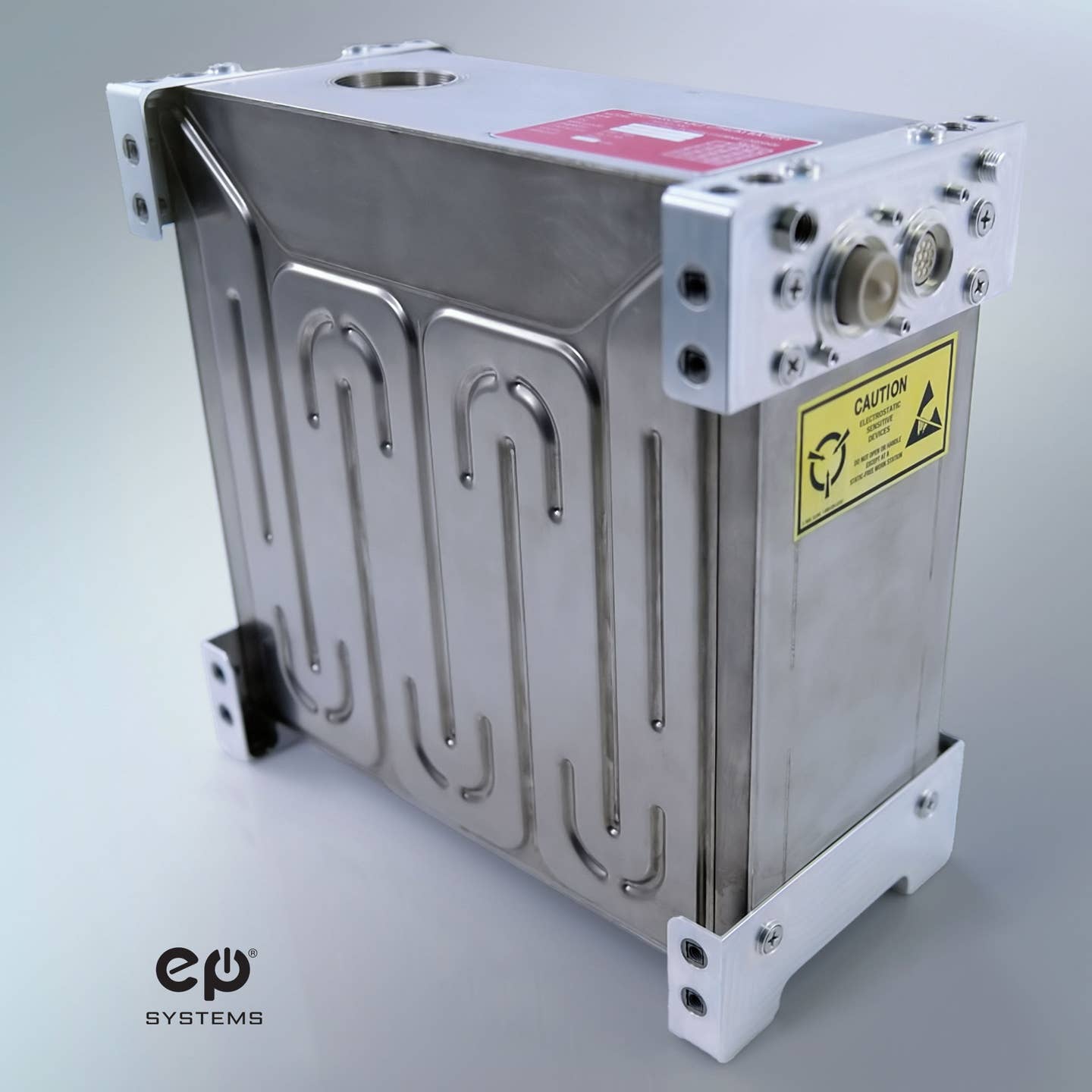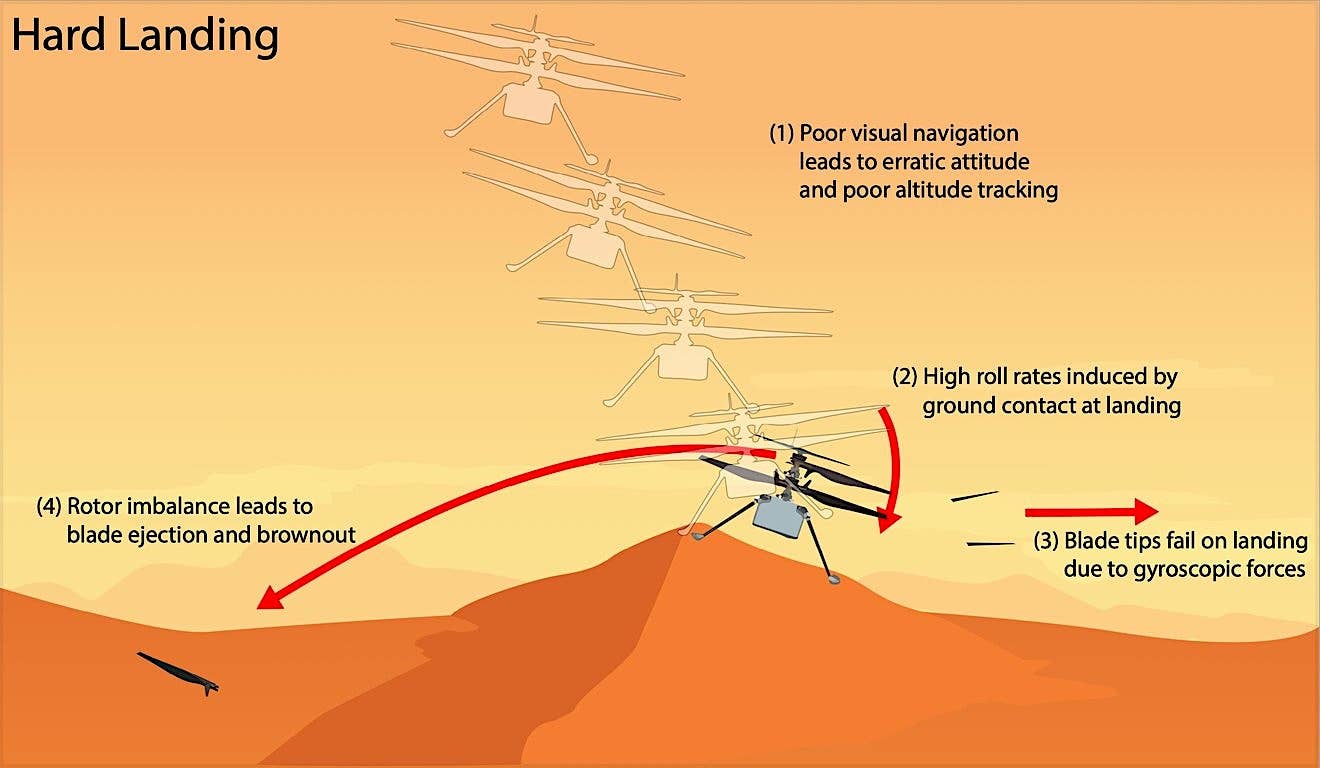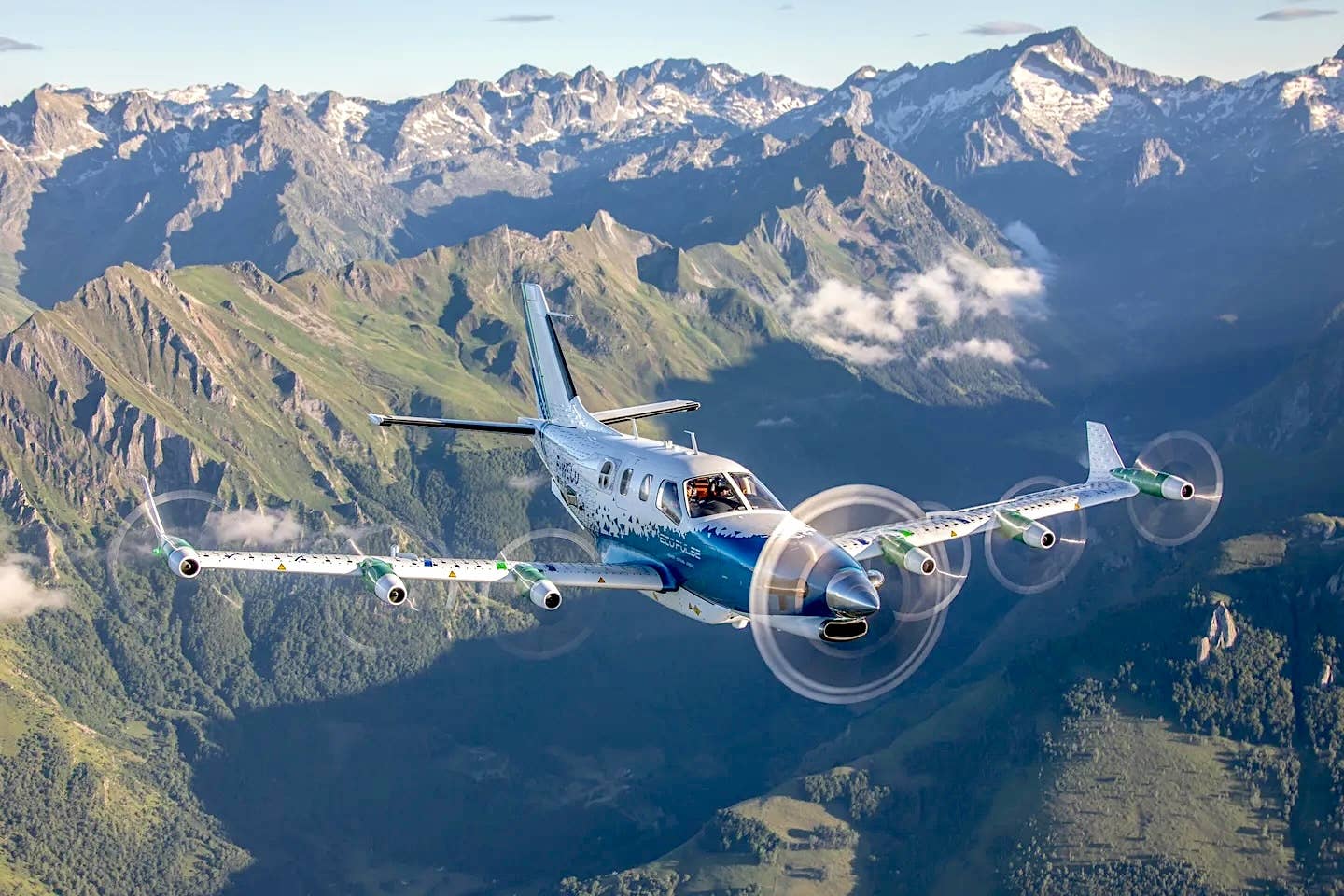Beefier Batteries Add Electric Airplane Utility
A Utah company says it’s packed more power into its aircraft batteries, allowing a practical leap in capability, particularly for the electric training fleet. Provo-based EP Systems says its new…

A Utah company says it's packed more power into its aircraft batteries, allowing a practical leap in capability, particularly for the electric training fleet. Provo-based EP Systems says its new EPiC 2.0 storage system will give aircraft like the forthcoming eDA40 trainer up to 30 minutes more usable flight time, and that's an important half-hour. The company's earlier model, the 1.0, would allow for about 60 minutes of flight time, which is just a little less than the length of a typical flying lesson. That means students had to divide their time between the electric plane and a conventional trainer. “The additional range of these new batteries will allow us to do local flight training and cross-country flight training as well," said Dan Sutliff, Assistant Professor at Utah Valley University. "Everything that needs to be completed for a private pilot certificate.”
The company said the more energy-dense battery (265 watt hours per kilogram vs. 205 wh/kg) was a decade in the making. “This really unlocks electrification for so many different customers in so many different segments,” said EPS CEO Nathan Millecam. “This is the first time where we've seen the convergence of all the technologies that we've been developing for over a decade now." It's not just a matter of putting more power in the cells. New technologies were needed to make them safe and prevent thermal runaway. The new batteries are a drop-in replacement for its earlier model.






